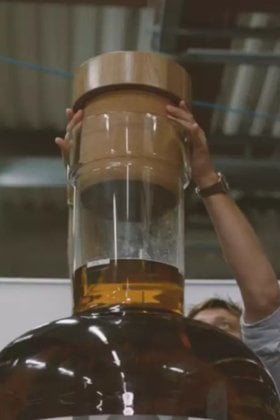How To Invest in Farming: 7 Lucrative Ways, Benefits and Risks
With the global food demand rising, crop production will have to keep pace while enhancing farmland utilization and productivity.
Alongside, interest in farming investments is at an all-time high. It is indeed an attractive way to diversify your portfolio.
But how do you invest in farming?
The good news - you don’t have to put your hands to the plow to reap an abundant harvest!
From buying farmland to investing in the commodities markets, there are various potentially lucrative investment opportunities.
Let’s explore the 7 ways in which you can invest in farming, the benefits, and the risks involved.
Then, we’ll show you how Vinovest can help you tap into another excellent alternative investment - fine wine.
Further reading
- Want a profitable alternative investment? These 10 Alternatives Can Help Diversify Your Portfolio.
- Discover how to protect your portfolio against inflation with These Seven Reliable Assets.
How To Invest in Farming: 7 Different Ways
Here are seven ways you can invest in farming:
- Buy Farmland Directly
- Farm REITs
- Agriculture Stocks
- Agricultural ETFs & Mutual Funds
- Soft Commodities
- Farm Debt
- Crowdfunding Platforms
1. Buy Farmland Directly

To invest in farmland directly, you can buy cropland or pastureland and rent it to a farmer.
This type of farmland investing requires a sizable upfront investment since the land must be large enough for a farming operation. According to the US Department of Agriculture, the average cost for farmland in the country was $4,420 per acre in 2021. And, the average farm size was 444 acres.
However, land prices vary significantly from state to state, as do the yields generated.
Institutional and private investors interested in agricultural land ownership have three options:
A. Buy an existing farm through a sale-leaseback transaction
You can buy a working farm, and the existing farmer will pay you rent. This is usually the less risky, passive option when purchasing farmland.
However, you may need to pay more for a land with a working farm on it, so your initial yields may be lower.
B. Buy an existing farm and lease it to a new tenant
You could buy land with an existing farm on it and lease it to a new tenant who will farm the land.
Although this option of farmland ownership could generate a greater return on your investment, finding the right tenant may require more effort.
C. Buy land and convert it into farmland
Converting regular land into one that’s suitable for a farming operation can yield impressive returns in the long run since you could buy the land for less.
The downside of this farmland ownership?
You’ll have to do a lot of work to source land suitable for agriculture, prepare it for farming activities and find the right farmer to lease it.
2. Farm REITs

Another way a private or institutional investor can invest in farming is through a farmland REIT (Real Estate Investment Trust.) A Real Estate Investment Trust is an establishment that owns and operates farmland real estate (and usually leases it to farmers.)
These are three of the largest REITs focused solely on agricultural land:
- Farmland Partners (FPI):This is the biggest publicly traded farmland REIT, valued at over $1.1 billion. The Farmland Partners real estate investment trust leases 186,600 acres of farmland to farmers across 19 US states.
- Gladstone Land Corporation (LAND): Here’s another large farmland REIT worth about $1.4 billion. Gladstone Land Corporation leases over 109,000 acres of farmland and 45,000 acre-feet of banked water to farmers across the US.
- Iroquois Valley Farmland REIT: Founded in 2007, Iroquois Valley Farmland REIT is a farmland finance company that offers organic farmer land to lease or mortgage. The REIT has invested $75 million in organic agriculture.
3. Agriculture Stocks
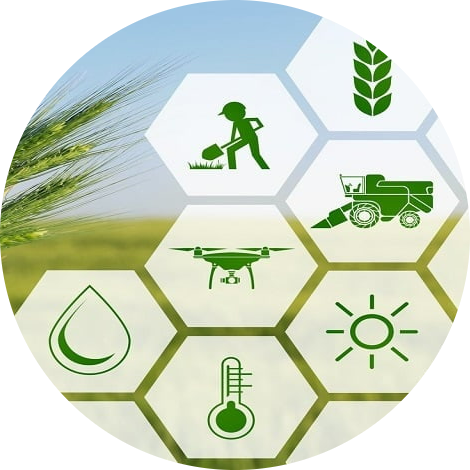
You could also buy agriculture stocks of publicly traded companies through a stock broker. These companies may be involved in any farming sub-sector, such as fertilizer production, seed production, and equipment manufacturing.
You can buy the stocks of:
- Corporations that own farms: Del Monte Products (FDP) and Adecoagro S.A. (AGRO)
- Seed companies: Dow Chemicals (DOW) and DuPont (DP)
- Fertilizer companies: Nutrien (NTR), Scotts Miracle-Gro Company (SMG), and Altius Minerals Corporation (ATUSF)
- Heavy equipment companies: Deere & Company (DE), CNH Industrial (CNHI), and AGCO Corporation (AGCO).
- Crop processing companies: Archer Daniels Midland (ADM), Sysco Corporation (SYY), and Tyson Foods (TSN)
Remember: Some of these companies are large conglomerates with business units unrelated to farming. These non-farming activities can drag stock performance down.
4. Agricultural ETFs & Mutual Funds

Rather than investing in individual stocks, you can buy shares in agricultural mutual funds and exchange traded funds (ETFs.)
The advantage is that they require a low minimum investment and help you diversify your portfolio.
Here are a few popular investment options:
- VanEck Vectors Agribusiness (MOO):Established in 2007, this ETF holds shares of Deere & Co, Tyson Foods, Nutrien, and Archer Daniels Midland.
- BlackRock Nutrition Fund (BGF): Formed in 2010, this mutual fund invests a minimum of 70% of its total assets in agriculture companies. These companies are involved in seed development, farming, agricultural fertilizer and chemicals, and food production services.
- Fidelity Agricultural Productivity Fund (FARMX): This mutual fund was created in 2020. It invests 80% of its assets in agricultural production companies, such as Deere & Co and Nutrien.
5. Soft Commodities
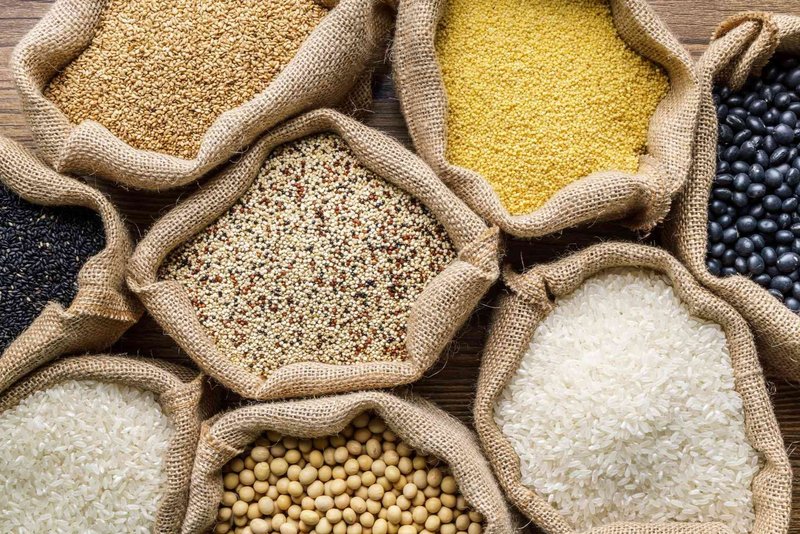
Another way to invest in agriculture is by buying agricultural commodities on the Mercantile Exchanges in Chicago and New York. Agricultural commodities include soybeans, corn, wheat, coffee, and livestock.
Some traders invest directly in commodities through commodity futures. This agricultural investment involves an agreement to buy or sell a predetermined amount of a particular commodity at a specific price on a set date in the future.
So when the commodity goes on sale in the future, the price will be higher, enabling the investor to make a profit.
6. Farm Debt

Lending capital to farms is another way you can invest in agriculture.
Farmers may require a long-term or short-term loan for various necessities:
- Long-term loans: Farm operators often require finance for expensive farming equipment like tractors. They usually pay off these debts over several years. In some instances, they also mortgage their land.
- Short-term loans: Farm operators buy seeds and make other significant annual investments, which may require a short-term loan.
If you’d like to purchase farm debt, you can do so directly or through bonds.
Since the farmer will pay back the loans monthly or quarterly, you will receive a consistent cash flow.
The downside of this investment method?
There is some risk involved since there’s a chance the debtor won’t make the repayments.
7. Crowdfunding Platforms that Specialize in Farmland
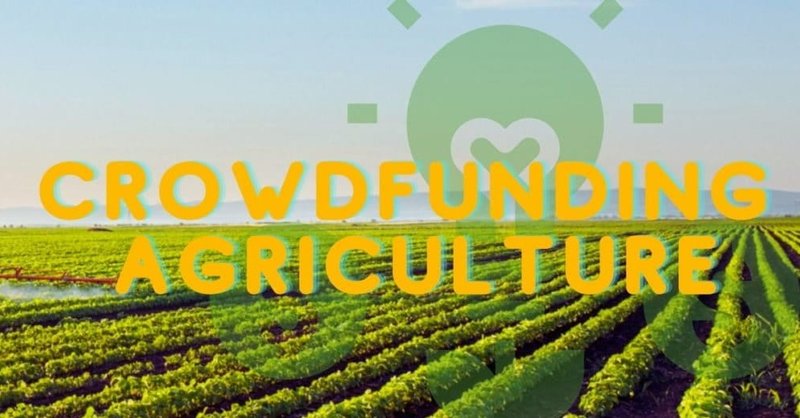
There are various real estate crowdfunding platforms that invest in agricultural land that you could explore. However, many of them are only open to accredited investors.
Also, once these funds receive sufficient investments, they don’t usually take on additional investors.
Here are a few popular crowdfunding platforms you can start investing in:
- AcreTrader: Investors can buy and sell shares in different farms through this online real estate investing platform. AcreTrader manages the investment and you receive annual profit distributions. Minimum investments start from $10,000 and annual returns average around 8%.
- FarmFundr: This online platform offers equity investments in farmland and agricultural facilities. The minimum investment is $10,000 and average returns are around 13% - 15% (paid as annual payments.)
- FarmTogether:This online platform lets you invest in fractional shares in US farmland. Investors earn quarterly cash rent payments and a return on the long-term appreciation of the land when it's sold. The minimum investment amount is $15,000, and average returns range from 6% to 13%.
- Harvest Returns: The platform offers debt and equity funding options in farmland and timber. A minimum investment of $1,000 is required, and average returns vary from 8% to 40%, depending on a number of factors.
- Farmland LP: This platform purchases existing farmland and converts it into more valuable organic farmland. Farmland LP offers accredited investors the chance to participate in a private equity fund with the possibility of becoming a REIT and going public.
Advantages of Investing in Farming
Besides portfolio diversification, here are several other pros of investing in farming:
1. High Demand Will Lead to Increased Production

Experts suggest that food demand will increase 98% by 2050 as the world’s population reaches more than 10 billion.
This means farmers will have to:
- Expand the farmland they’re using for temporary and permanent crops.
- Increase their pastureland to ensure global food security.
- Optimize crop production methods.
So investors in farmlands, farm technology, and machinery industries can benefit from this expansion.
2. Low Correlation with Stock Market
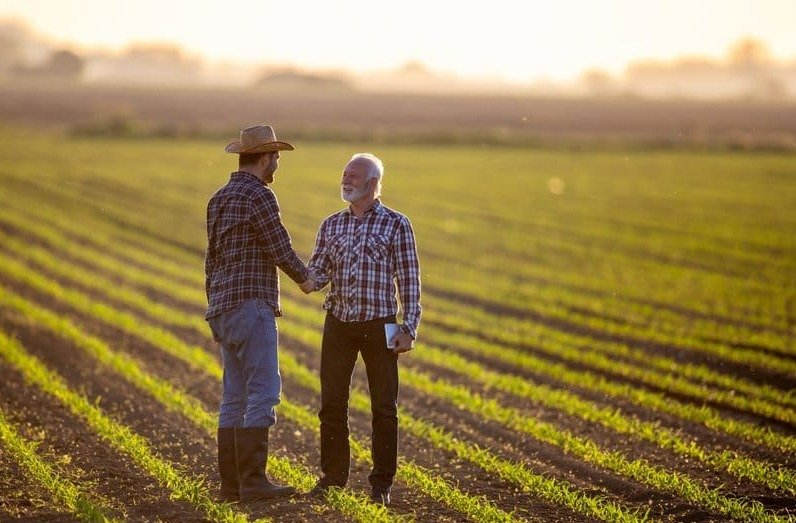
Farming and farmland investing aren’t closely correlated with the stock market. US farmland posted an average yearly return of 11.2% between 1996 and 2021, compared to the 9.6% gain for the S&P 500.
Farmland is also only half as volatile as the S&P 500.
That’s because no matter how bad the economy suffers, there’s a constant demand for food.
3. Inflationary Hedge
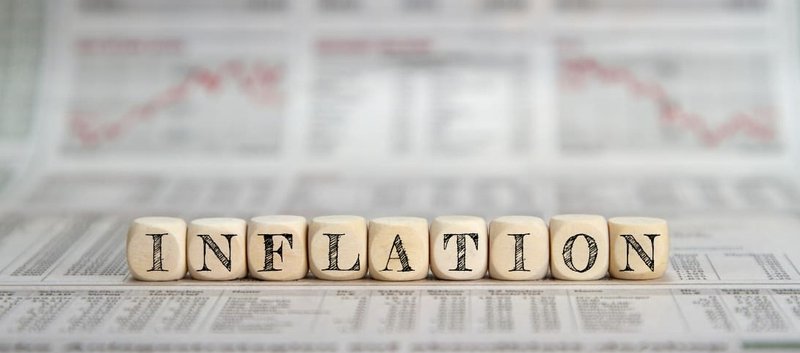
Farming investments offer an inflation hedge. This is because farming produces the commodities that rise in price during inflationary periods, like grain and corn.
So, during inflation, farming investments do well because crop income and the value of farmland increase.
4. Historically Well-Performing

Farming investments have performed well historically. For example, between 1992 and 2020, average annual returns were nearly 11%.
In contrast, the stock market returned an average of 7.8% over the same period. Gold, which is also a popular inflation hedge, only returned 6% on average.
Farming investments also have low volatility compared to other alternative investments.
For example, say you’re interested in farmland investing. An investment of $100 in 1991 would be worth $1,981 in 2020. While a $100 investment in gold in 1991 would be worth around $536 in 2020.
But there’s a catch.
Despite potentially high returns, there are also a few risks you should be aware of.
Risks of Farming Investments
Here are the main concerns related to agriculture investment:
1. Extreme Weather

Floods, droughts, and other extreme weather conditions are expected to increase in the future due to climate change. These conditions can result in significant fluctuations in agricultural production.
Additionally, drastic changes in temperature or other environmental factors can be detrimental to a farm’s yield.
During these times, farms could undeproduce or yield low quality crops, which would affect profits.
2. Rising Expenses
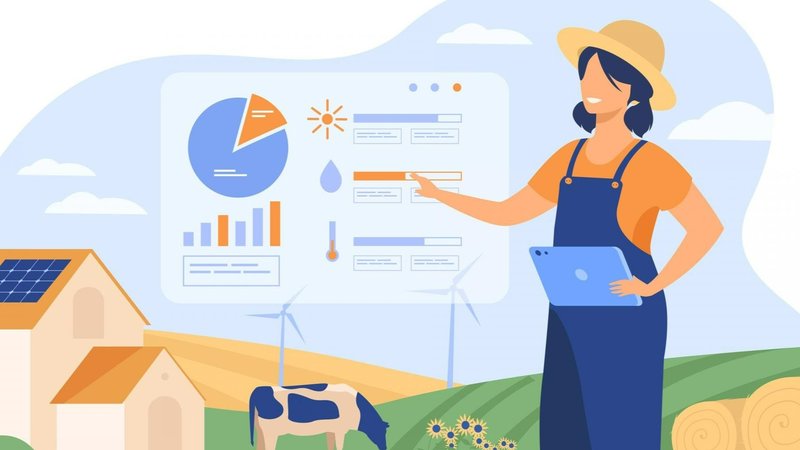
The rising cost of supplies and agricultural equipment can eat into profits.
Examples of such increasing expenses include:
- Equipment prices: Equipment like tractors is being fitted with the most updated technology. While this improves the equipment’s capabilities, it also pushes up its price.
- Land prices: Agricultural land prices are rising - as the amount of available land decreases. This can also negatively impact profit margins, since farmers have to spend more money to buy or rent farming land.
3. Trade Wars

Politics also plays a role in farming and can impact yields.
For example, the US International Trade Administration reported that American agricultural exports to China plunged from $15.8 billion in 2017 to $5.9 billion in 2018. It is believed the American trade war with China was to blame.
4. Many Investments Are Limited To Accredited Investors

Many farmland investment opportunities require you to be an accredited investor.
Such investors have access to a wider range of investments as they’re more experienced, have more capital, and can handle higher risk investments.
So what’s a better alternative investment?
Another profitable asset class that’s accessible to both private and accredited investors is fine wine. This alternative investment enjoys lower volatility than stocks and consistently returns excellent yields.
Let’s have a closer look at this reliable asset class.
Fine Wine: A High-Performing Investment Alternative

Fine wine performs well in most market conditions and historically has yielded impressive returns.
The best part?
Fine wine provided a 13.6% annualized return over the last 15 years, outperforming most global equities.
Additionally, the longer you retain a fine wine bottle, the more valuable it becomes. This is due to a supply and demand imbalance.
The finest bottles are produced in limited numbers. Besides, the more wine drinkers consume a particular fine wine, the rarer it becomes, and the more its price appreciates.
But you may be wondering:
How do you invest in rare, fine wine bottles?
The simplest way to take advantage of this investment opportunity is throughVinovest - a leading wine investment platform. It can help you buy, store, and sell wines from any wine region around the world with just a few clicks.
And that’s not all.
You don’t have to be an expert to invest in the most lucrative bottles. Vinovest’s team of master sommeliers will guide you every step of the way.
Farming Investment: Potentially Lucrative But Risky
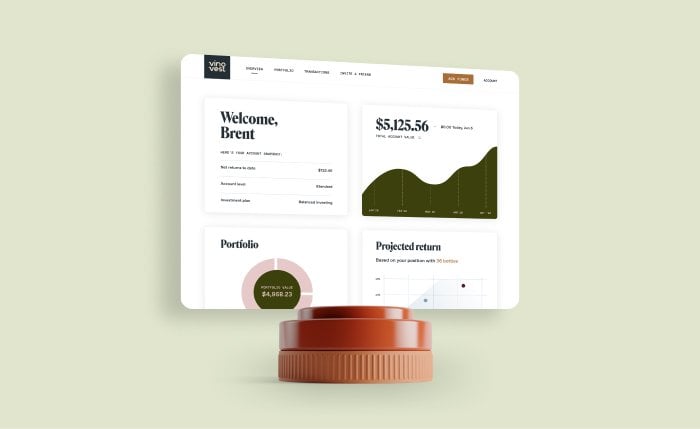
Agriculture investments can be potentially rewarding. While they can yield high returns, there are several risk factors involved, depending on the type of investment you choose.
Meanwhile, if you prefer a more stable long-term investment opportunity with historically excellent returns, invest in fine wine. Simply sign up with Vinovest and start building your winning fine wine collection today.


